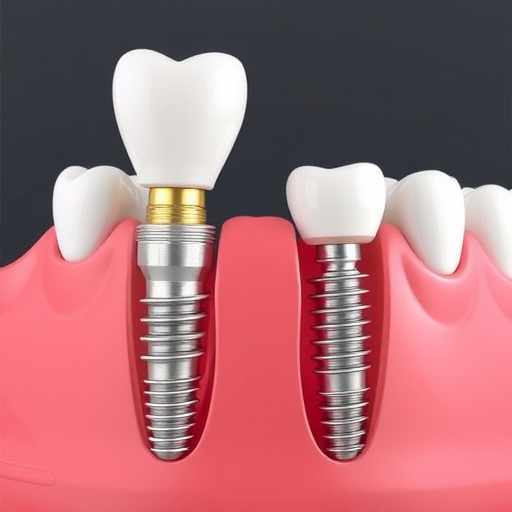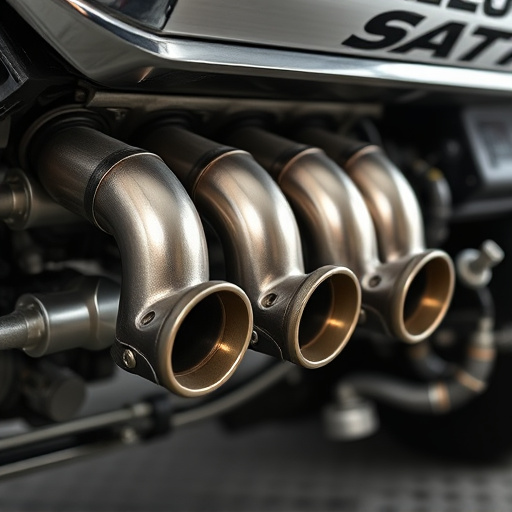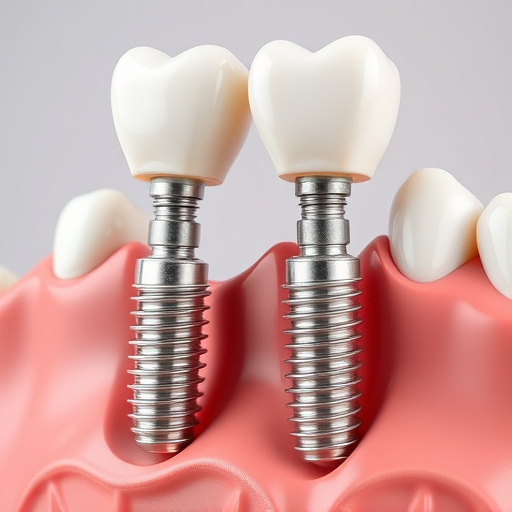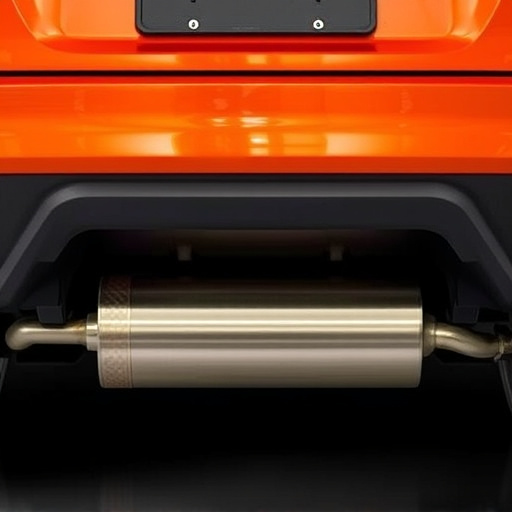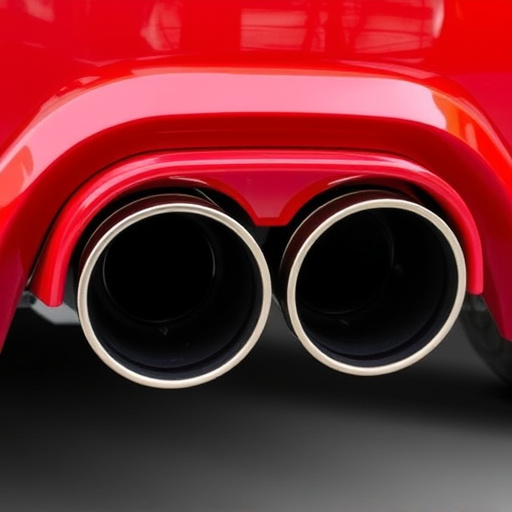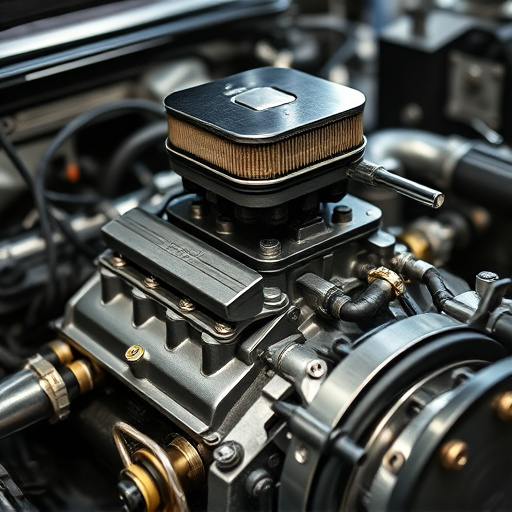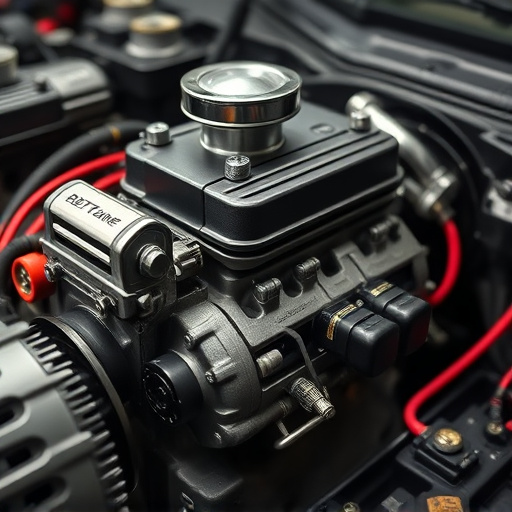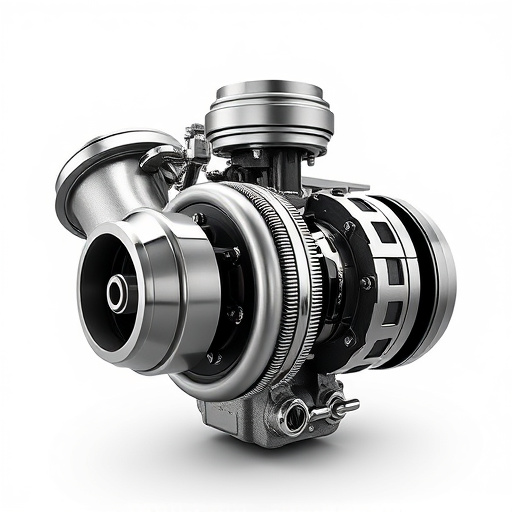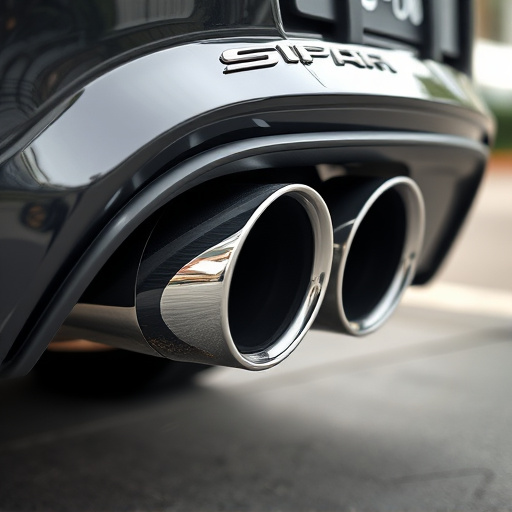The car suspension system is crucial for safety, handling, and ride quality. Regular wear can cause issues like uneven tire wear and noisy parts. Inspecting and maintaining it early prevents severe problems. Repairs for minor issues are cost-effective, but full replacements offer a lasting solution.
Is your car’s ride rough and handling shaky? It might be time to examine your car suspension system. Understanding this critical component and knowing when to repair or replace it can save you money and enhance safety. This article guides you through the process, offering insights into the car suspension system, common issues, and a detailed cost comparison between repair and full replacement. By the end, you’ll be equipped to make an informed decision for your vehicle’s health.
- Understanding Your Car's Suspension System
- Signs Your Suspension Needs Repair or Replacement
- Cost Comparison: Repair vs. Full Replacement
Understanding Your Car's Suspension System
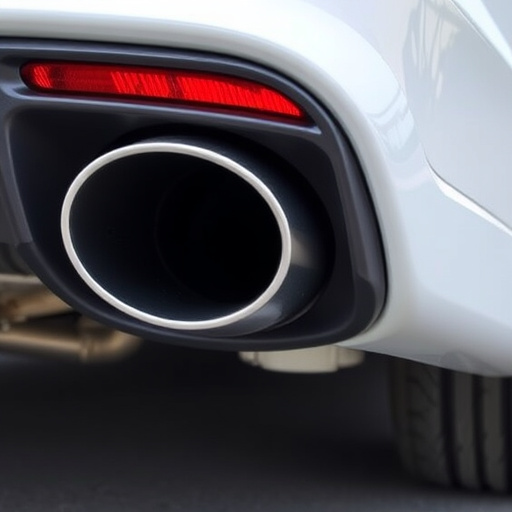
The car suspension system is a complex network of parts designed to connect your vehicle to its wheels, enabling smooth and controlled movement. It includes various components like coils springs, shock absorbers (or struts), control arms, ball joints, and bushings. These elements work in harmony to absorb road impacts, maintain vehicle stability, and ensure a comfortable ride. Understanding the function and condition of these parts is crucial when deciding between repairing or replacing your car’s suspension system.
Regular wear and tear, as well as damage from accidents or rough driving conditions, can degrade the performance of individual components. One way to assess the health of your suspension is by checking for signs of wear, such as loose or noisy parts, uneven tire wear, and handling issues. While a full replacement might be necessary in severe cases, repairs can sometimes extend the life of specific components like shock absorbers or control arms, especially if they are still within their manufacturer’s recommended service life. Unlike exhaust systems (including performance exhaust and exhaust mufflers) that primarily affect noise levels and emissions, suspension repairs directly impact vehicle safety, handling, and ride quality.
Signs Your Suspension Needs Repair or Replacement
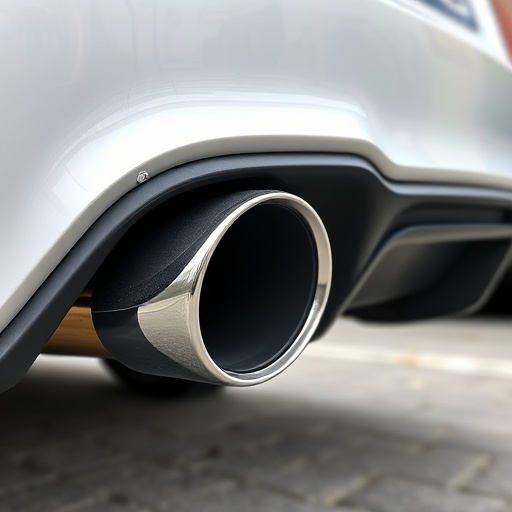
If your vehicle’s ride quality has taken a turn for the worse, it might be time to inspect your car suspension system. Several signs indicate that your suspension needs attention, whether it requires repair or replacement. One of the most noticeable symptoms is uneven tire wear; if you notice that your tires are wearing down unevenly, especially on one side, it could point to suspension issues.
Another common indicator is a rattling noise coming from your vehicle while driving over bumps or uneven roads. This rattling sound, along with a bumpy ride, often suggests that the shock absorbers or struts within your car suspension system are failing and need to be replaced. Additionally, if you experience frequent wobbles or swaying while turning at lower speeds, this could be an early warning sign of damaged or worn suspension components. Regular maintenance checks, including inspecting your car’s air filter kits and cat back exhaust systems, can help identify these issues promptly.
Cost Comparison: Repair vs. Full Replacement
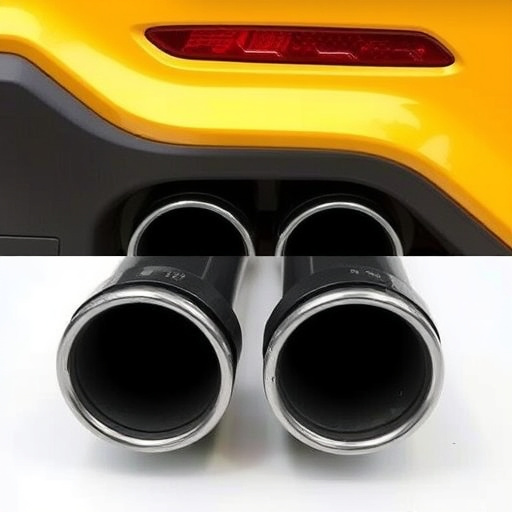
When considering car suspension system repairs versus full replacements, one of the primary factors to weigh is cost. Repairs can be significantly more economical in the short term, especially for lighter issues like worn shock absorbers or damaged struts. Mechanics can often replace these components relatively affordably, sometimes even as part of routine maintenance or simple do-it-yourself kits that include suspension kits and air filter kits.
However, full replacement comes with its own set of financial considerations. While it may initially seem pricier than repairs, a complete suspension overhaul addresses all aspects of the system, including bushings, control arms, and sometimes even steering components. This holistic approach not only ensures superior ride quality and safety but also prevents future issues related to worn-out brake components or other suspension-related problems that could lead to more costly repairs down the line.
When deciding between repairing or replacing your car’s suspension system, understanding the signs of wear and the associated costs is key. By evaluating the condition of your vehicle’s suspension components and comparing repair versus full replacement expenses, you can make an informed choice that best suits your budget and drives safely into the future. Regular maintenance and timely repairs can extend the life of your car’s suspension system, ensuring a smoother ride and enhanced safety for years to come.

